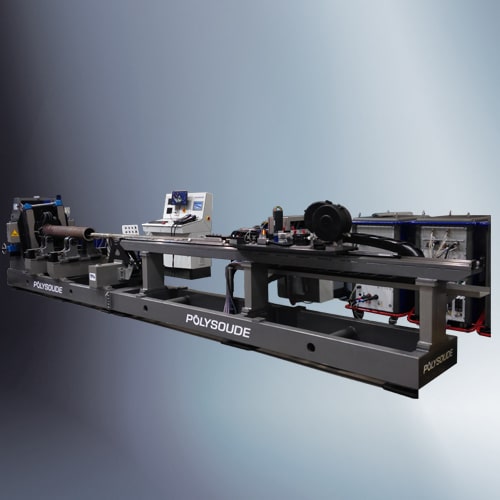
Turnkey solutions for cladding of tubes and pipes

Cladding torches and lances for tubes and pipes
TIG / TIGer for CRA products
To combine the strength of low-alloyed Carbon steel with the corrosion resistance of CRAs, the insides of C-Mn steel pipes are covered with a layer of a suitable corrosion resistant alloy. Excellent bonding between the parent metal of the outer pipe and the deposited layer inside can be achieved if overlay cladding is applied. CRA clad steel pipes are characterised by the firm metallurgical bond between the host pipe and the inner CRA layer, thus meeting the highest quality standards.








